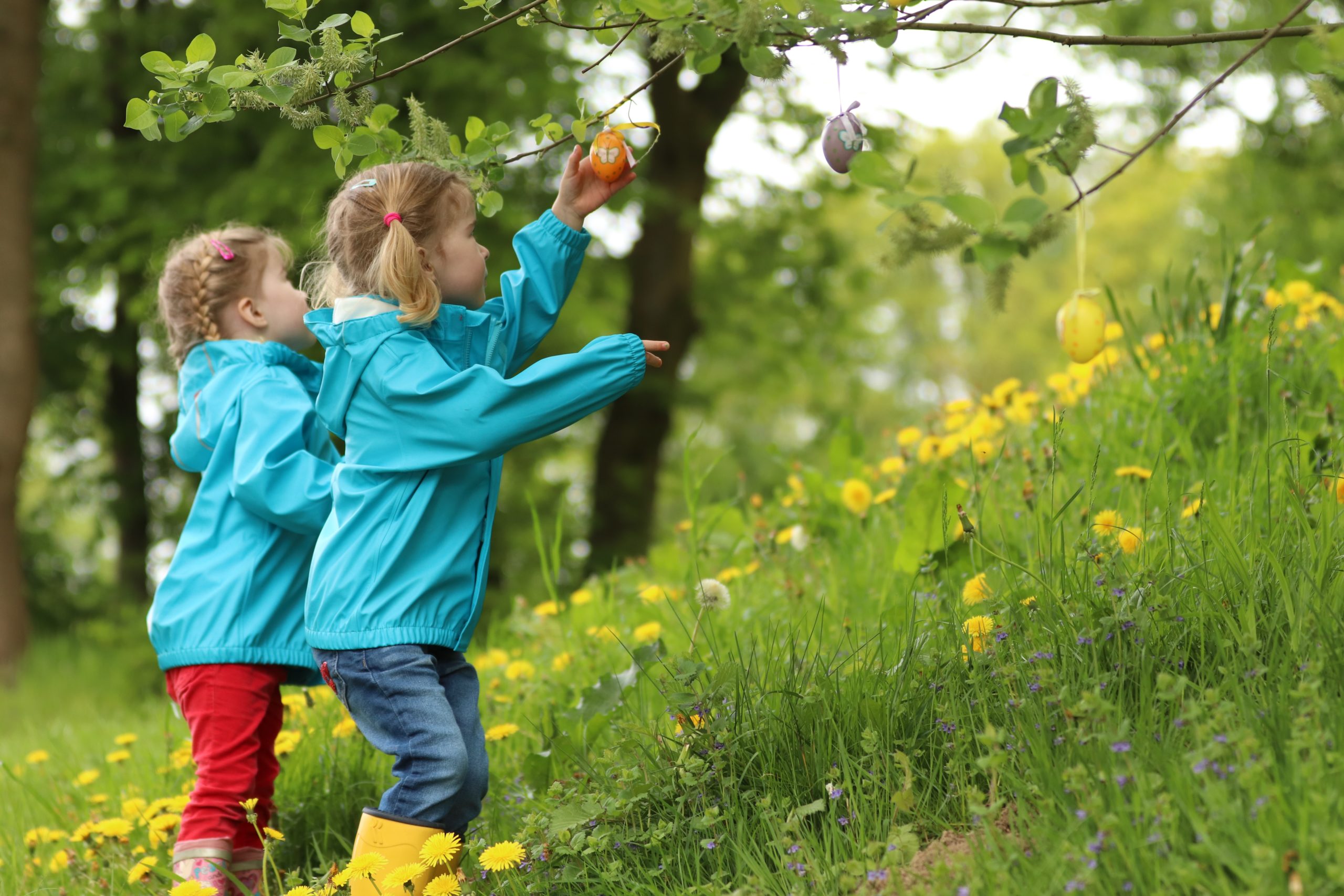I was born in the sleepy hills of Lynchburg and attended college in that same town. I was raised in Richmond and have planted myself by the water in Hampton Roads for almost twenty years now. Unsurprisingly, I am a diehard Virginian, a sentiment deeply influenced by the scenic beauty that surrounded me during my formative years. This connection to nature has nurtured my affinity for one of Howard Gardner’s eight intelligences – the naturalist intelligence.
Gardner’s Multiple Intelligences
Howard Gardner’s theory of multiple intelligences is well-known, encompassing linguistic, logical-mathematical, visual-spatial, kinesthetic, musical, interpersonal, intrapersonal, and naturalist intelligences. According to Cornerstone University, the central idea behind this theory is that each learner possesses strengths in one or more of these intelligences, and as educators, we should leverage these strengths to enhance students’ retention of information.
Naturalist intelligence, in particular, is defined as “the ability to identify, classify, and manipulate elements of the environment, objects, animals, or plants.” This form of intelligence allows us to discern differences between species, groups, or objects and comprehend their relationships.
The Benefits of Naturalist Intelligence
Being an elder millennial who spent countless hours outdoors during childhood and surrounded by like-minded individuals, I find that most people share a love for the outdoors. It is widely acknowledged that outdoor play is beneficial for children, and exposure to sunlight for Vitamin D not only boosts immune systems but also elevates moods. Designing lessons that cater to students with naturalist intelligence can potentially benefit all students, making the learning experience more memorable. Positive emotions, as stated by the National Library of Medicine, play a role in facilitating learning and contributing to academic achievement. Core memories create core learning.
Go Outside!
So, gather your handful of explorers and the rest of the class, too! Step outside and engage in learning. Here are some ideas to kickstart your outdoor educational journey:
- Encourage students to sit outdoors, observe, and respond to a given prompt.
- Have students collect, classify, and chart items found in nature.
- Measure various natural objects.
- Compare and contrast macro and micro elements found outdoors.
- Research local conservation efforts, and involve students in discussions.
- Consider having a class pet.
- Facilitate journaling and reflection sessions outdoors.
- Engage in art creation inspired by outdoor observations or collected items.
- Compare and contrast rural, urban, and natural settings.
- Prompt students to recognize and report cause-and-effect relationships observed in nature.
- Watch a nature documentary and have students note descriptive words.
- Plan a cost-effective field trip to a local park.
- Incorporate brain breaks with outdoor games.
I understand it’s winter, and the weather might be a bit brisk. However, you can still bring the great outdoors inside with these fantastic eMediaVA nature resources:
- American Outdoors
- Collection – Explore the Outdoors: Nature!
- Collection-Virtual Field Trips
- EARTH a New Wild
- Georgia Outdoors
- Nature Cat
- Nature Works Everywhere
- Ocean Today
- Wild Kratts and Kratt Brothers Resources
Kristen Strickland is an ITRT in Chesapeake Public Schools and an eMediaVA Ambassador.
